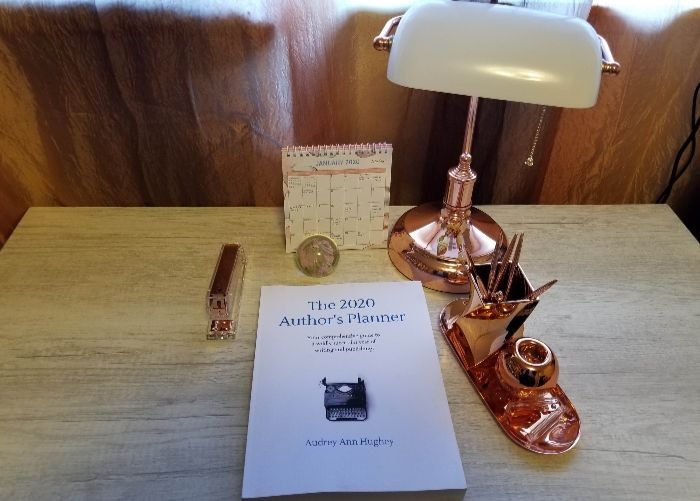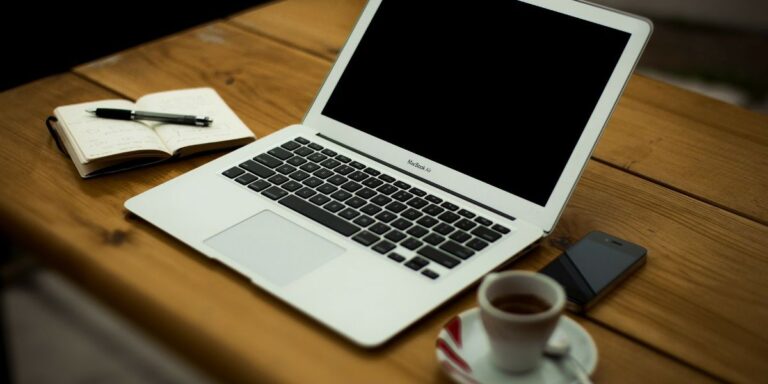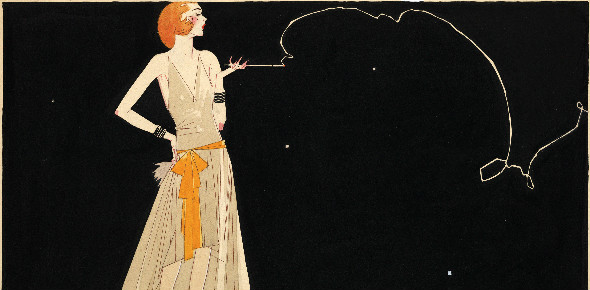I’ve always loved writing with pen and paper. In my earnest twenties I carried a notebook with me everywhere jotting ideas and describing what I saw around me in practice paragraphs.
Back before word processors, when correcting copy meant using white out on a physical sheet, it made sense to handwrite something first and then type it out in final form. I wrote my first book, Ecstatic Ritual: Practical Sex Magic on one of the earliest PCs. It’s much faster to type than handwrite, and with the ability to move text around on the page, composing on the keyboard took over from pen and paper.
I still love the feeling of the pen moving over the page. I don’t love retyping what I’ve handwritten. I used the Moleskine Smart Writer set for a year; the pen syncs to a tablet and uploads everything it’s done, including editable text and images of drawings. After I filled in their first “paper tablet” I declined to buy another. It’s still too cumbersome – the pen uploads page by page, and I’d end up emailing the output to myself, then transferring the files to my PC. I went back to using my PC directly.
So I loved working with Audrey Ann Hughey’s physical book The 2020 Author’s Planner. I took my laptop off my desk and used just the paper book. I loved being able to flip between pages, to conceptualize large blocks of time. At first I hesitated to write on those pristine pages, but I used pencil and kept a new bottle of white out by my side. Once I got started it was easier and easier to fill out the pages.
It’s meant to be a journal as well as a planner. I’m not sure how often I’m going to revisit it. Keeping up a planner is a committment in itself, and I have to many items on my to-do list to add another one. I know myself well enough not to make it a requirement – I’ll reach for it if I find it helpful. I have an idea I might try checking it out once a month. It was very helpful for conceptualizing the year. And I absolutely adored having physical paper on my desk and a physical pen in my hand to start out the writing year.




